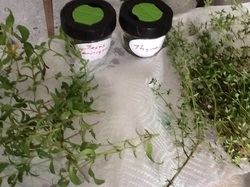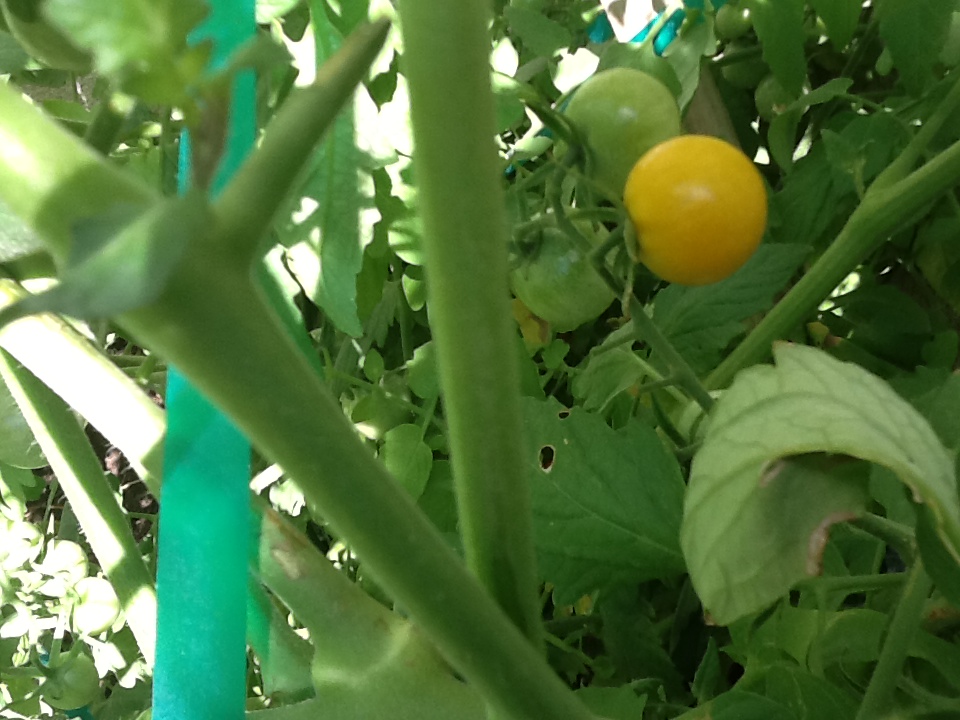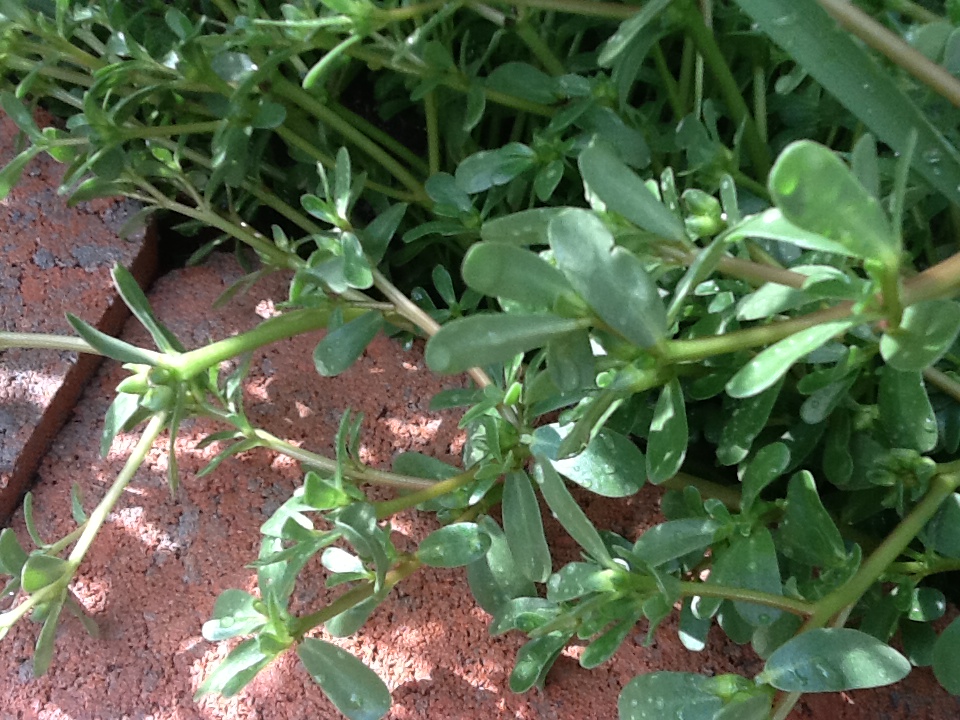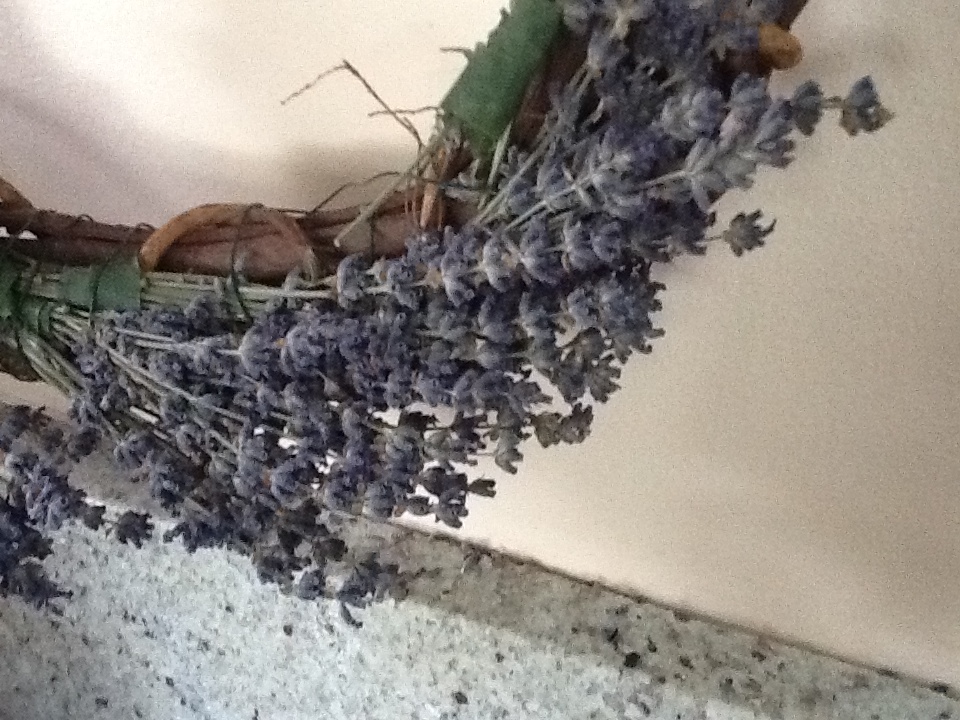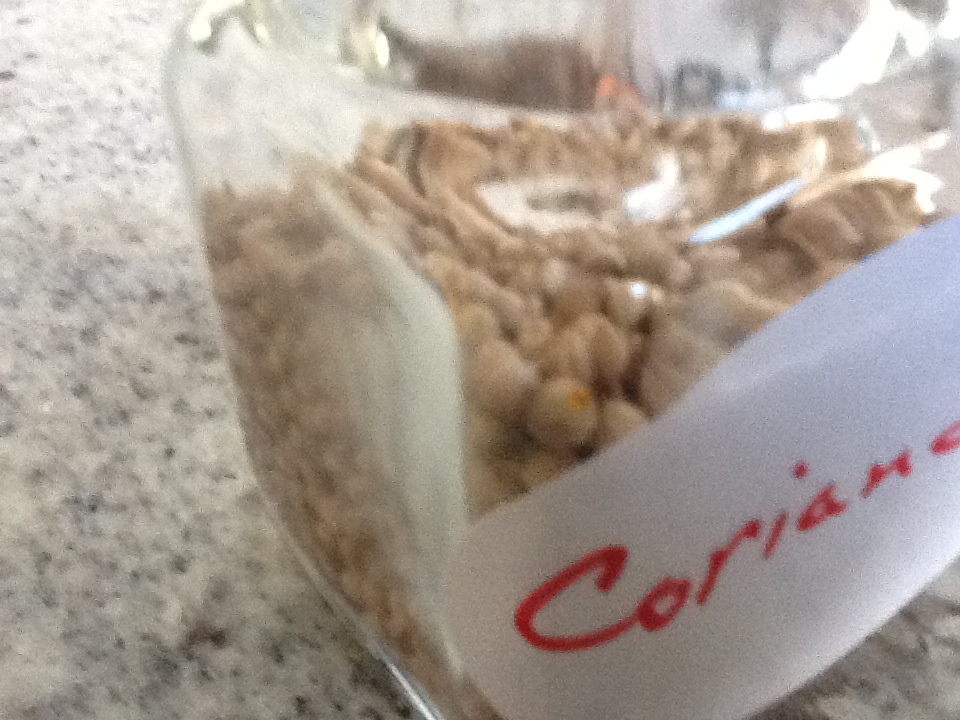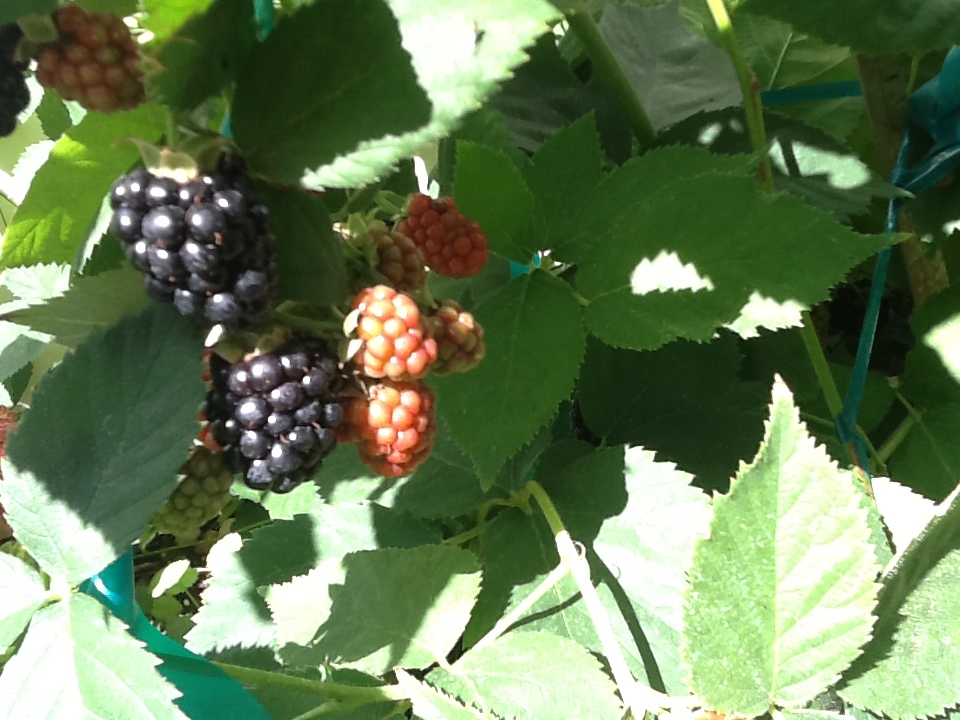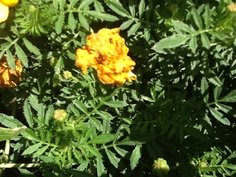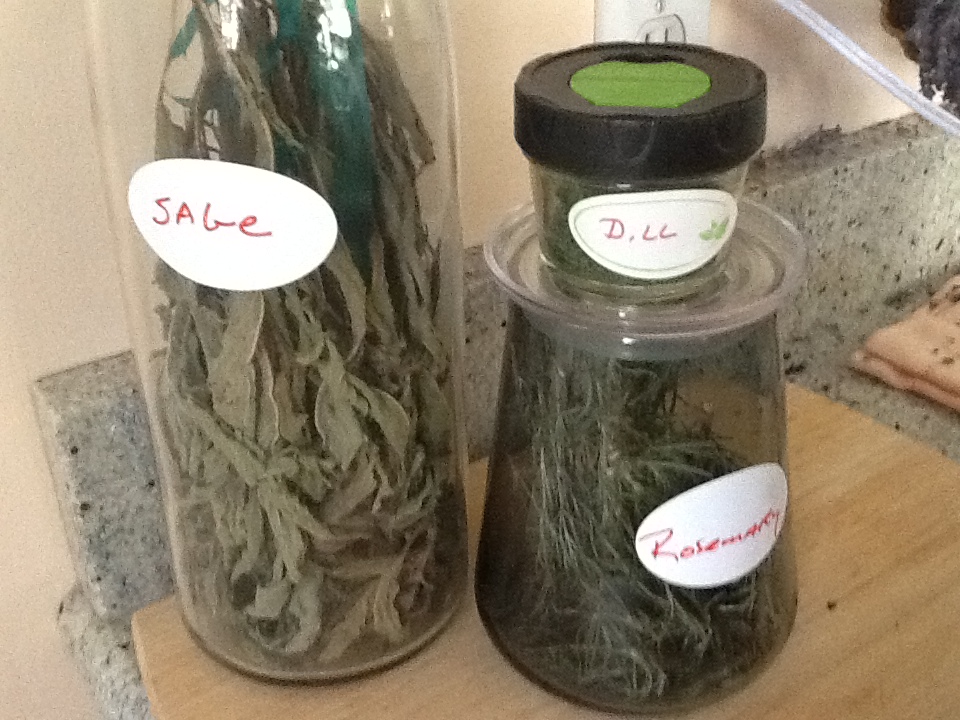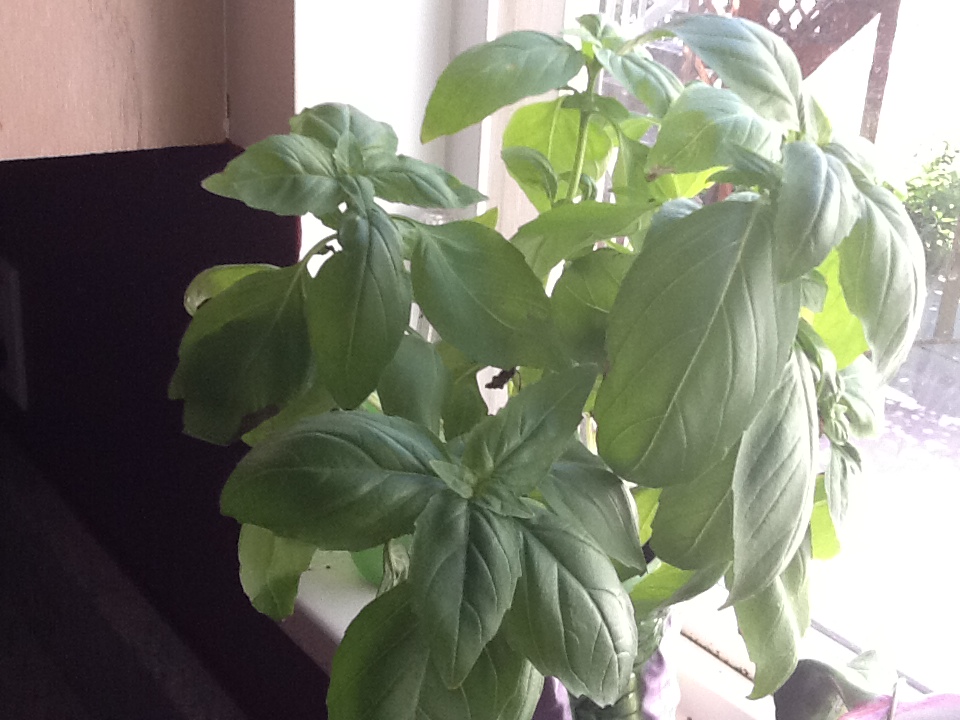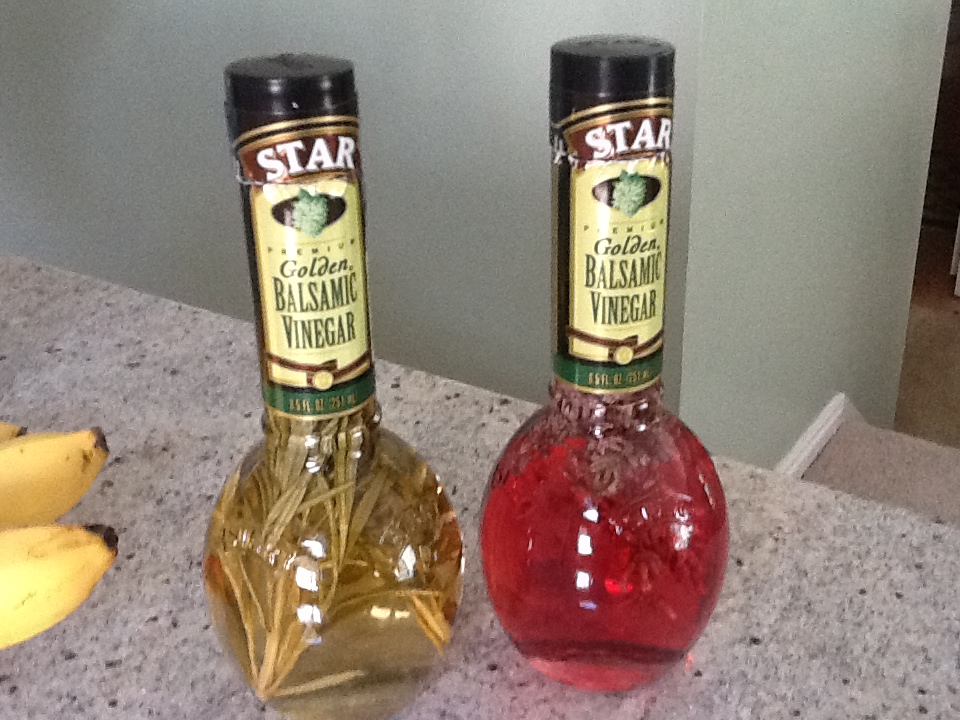Herbs - Nature's Medicine!
The oldest medicine known by man. Most of our pharmaceuticals are derived from plants, we're now understanding how important eating nutritious herbs are, and herbs are all around us, often free, and a pleasure to work with.
Because of my work on my Shakespeare's Witch Series, my interest in herbs became critical to providing my readers with reality based information. On these partnered pages I'm trying to relay some of the information I'm learning in my experimentations. It's interesting to note that the English garden, which we've come to appreciate for its beauty, was an important part of maintaining a constant supply of herbs. Elizabethan English were particularly fond of obtaining and then growing newly discovered herbs in their personal gardens. Many of these gardens contained hundreds of specimens of herbs. I'm learning how easily the gardener can become intimately familiar with the characteristics of each one.
There are two pages I've used to identify the herbs Culpepper's included in his list of herb knowledge. I've divided them between domestic, which you'd find in our gardens, and wild, which ancient healers gathered regularly. Culpepper wrote his work in the 17th century and it is based on information Shakespeare would have found familiar. I did refer to modern uses to identify benefits, simply because I trust we have gathered more knowledge about them. But we're lucky to live in a age that is no longer restricted to distance and there are wonderful herbs that need to be added to our knowledge base. These I'm labeling "Modern Herbs." I hope you find this useful!
What follows on this page are some basic guidelines I'm developing in the growth and preservation of herbs. Most of them are culinary.
Because of my work on my Shakespeare's Witch Series, my interest in herbs became critical to providing my readers with reality based information. On these partnered pages I'm trying to relay some of the information I'm learning in my experimentations. It's interesting to note that the English garden, which we've come to appreciate for its beauty, was an important part of maintaining a constant supply of herbs. Elizabethan English were particularly fond of obtaining and then growing newly discovered herbs in their personal gardens. Many of these gardens contained hundreds of specimens of herbs. I'm learning how easily the gardener can become intimately familiar with the characteristics of each one.
There are two pages I've used to identify the herbs Culpepper's included in his list of herb knowledge. I've divided them between domestic, which you'd find in our gardens, and wild, which ancient healers gathered regularly. Culpepper wrote his work in the 17th century and it is based on information Shakespeare would have found familiar. I did refer to modern uses to identify benefits, simply because I trust we have gathered more knowledge about them. But we're lucky to live in a age that is no longer restricted to distance and there are wonderful herbs that need to be added to our knowledge base. These I'm labeling "Modern Herbs." I hope you find this useful!
What follows on this page are some basic guidelines I'm developing in the growth and preservation of herbs. Most of them are culinary.
